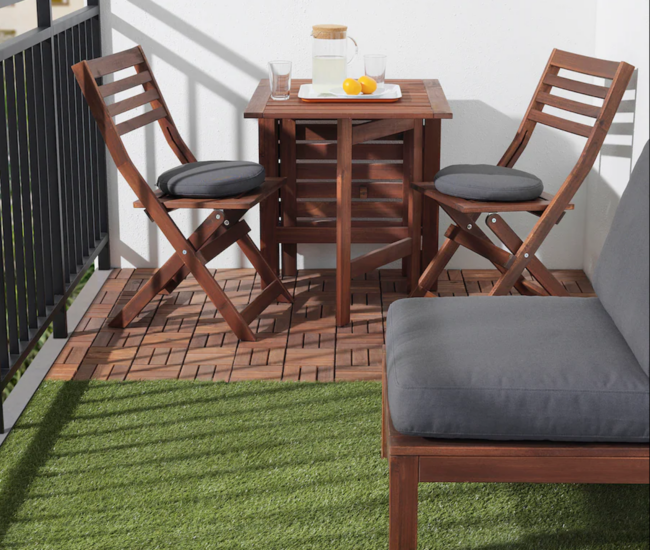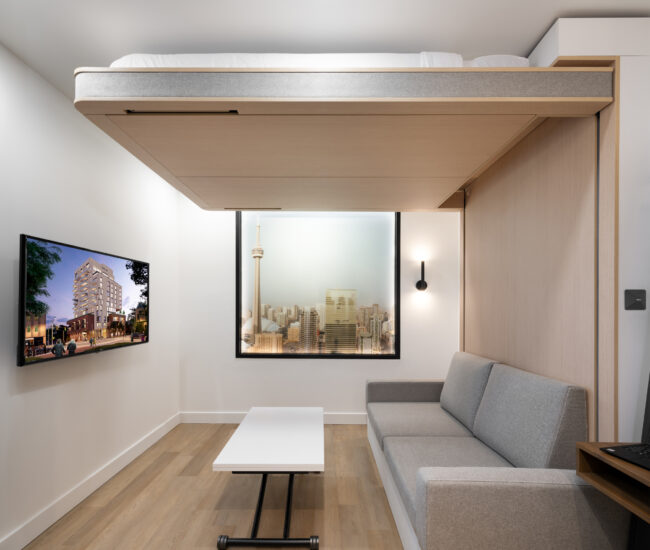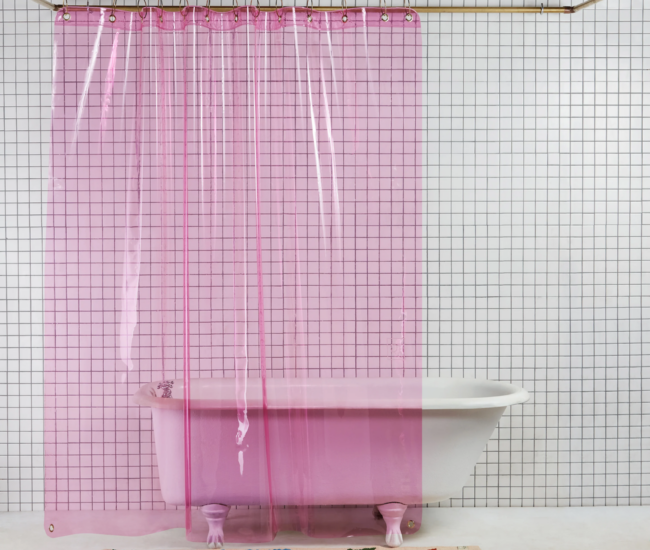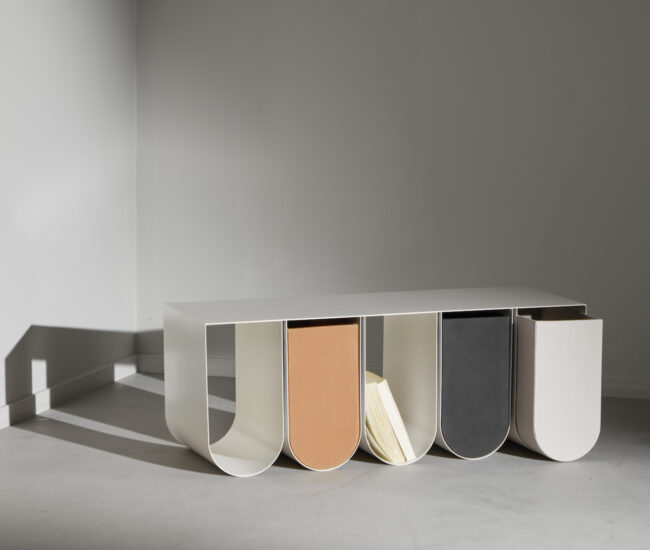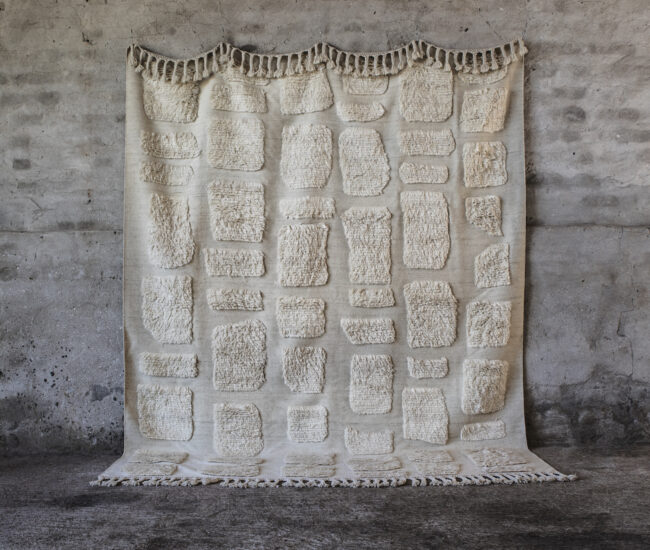We Asked the Pros for Relationship-Saving Reno Advice
For our annual reno issue, some of the city’s top architects, designers and builders give us their two cents on how to survive a home renovation
What is the #1 building rule?
“Be aware: you can’t apply for a new permit if a previous permit for your home has not been signed off by an inspector and officially closed. The onus then is on the new owner to complete the work of the original permit before being issued a new permit for any new work.”
– Robert Kastelic, principal, Atelier Kastelic Buffey
“It is a rare occurrence these days to avoid the need for a variance unless the renovation is entirely interior-based. Committee of Adjustment is very often needed. It can lead to neighbour/community opinions being introduced to a proposal, which on occasion can delay or complicate a project quite easily. Approaching any application with a reasonable and well-thought-out proposal is critical.”
– Joe Knight, principal, BlackLAB Architects
“In the City of Toronto you need a building permit for just about everything. Painting and replacing windows or roofing are about the only things you don’t need a permit for! Many people don’t realize that this adds significant time onto a project schedule.”
– Tom Knezic and Christine Lolley, principals, Solares Architecture Inc.
What should a homeowner never treat as a DIY fix?
“Homeowners should never try to DIY any of the infrastructure of their home. Cosmetic finishes like tiles and floorings are fine to do yourself, but leave the structure and systems to the pros.”
– Luc Bouliane, principal, Architects Luc Bouliane
“Electrical. Always hire a licensed professional. We have opened walls so many times with nightmare DIY ‘fixes’ inside that could have led to the house burning down.”
– Enrico Traini, founder and CEO, Peloton Contracting Ltd.
“Do not act as general contractors. It is a big job with value. During a DIY moment, I was almost maimed by a floor buffing machine.”
– Drew Mandel, principal, Drew Mandel Architects
What part of the process surprises homeowners most?
“Dealing with your neighbours. Construction is noisy and messy. A simple gift (car wash vouchers!) will keep them in your good books.”
– Mark Kubista, partner, director of residential, Mazenga Building Group
“People tend to focus on what does not work for them in their current home and how to ‘fix’ that, often at the lowest cost. The adage ‘You get what you pay for’ is very true when it comes to renovations.”
– Heather Dubbeldam, principal, Dubbeldam Architecture + Design
“So many existing homes are likely already non-conforming to the city’s current by-laws. Doing an addition or a major renovation could trigger variances – even if they are ‘existing conditions’ to your house. Variances can add five months to the municipal approvals process, which can make a difference as to when construction starts. That fall reno could really mean a spring start.”
– Vanessa Fong, principal, Vanessa Fong Architect
“Surprisingly overlooked: Beauty and delight. Renovations (as opposed to new builds) have the psychological trap of bare functionality, trumping the need for a design narrative that is about beauty and delight.”
– Johnson Chou, principal, Johnson Chou Inc.
What was your most hellish reno moment?
“During a renovation project where we were underpinning the basement. As it turns out, the house was built on a creek and removing the slab breached the water supply. Only after weeks of testing and back-and-forth with the engineers were we finally able to devise a solution to deal with the water and finish the foundations.”
– Luc Bouliane, principal, Architects Luc Bouliane
“A project was almost completed and ready for paint. A portion of the house was on the property line, so as a courtesy, the neighbour was asked for permission to access their yard to paint that side of the house. My client got their permission but when the neighbour saw the colour that was being painted they withdrew that permission. My client had the right to access the neighbour’s yard to paint and maintain his property but had to go to the city, as well as get legal letters to present, wasting weeks and adding more cost. The colour: Benjamin Moore 2133-30 Days End.”
– John Tong, principal, +tongtong
“Not a unique moment, but a phenomenon the client can often go through near the end of construction is called ‘renovation fatigue.’ Seeing your home literally torn apart while you are displaced can be disturbing. During reno fatigue, it’s easy to lose sight of the big picture and fixate on small things that may not match your original expectations. A piece of stone whose natural variation is a bit more pronounced than its neighbours, a piece of millwork that doesn’t quite align perfectly – in the moment, these minor flaws can feel catastrophic, and clients lose perspective (some more graciously than others). Remember: those flaws eventually disappear.”
– Wanda Ely, principal, Wanda Ely Architect Inc.
What should you always bank extra time/money on?
“Planning, unknowns, landscape and furniture. Why furniture? Collecting it (and art) perhaps should be a hobby over time, but it is important to be able to complement the reno with a couple of appropriate items to feel a sense of achievement or completion and the full benefit of all the hard work, time and money devoted to the project.”
– Drew Mandel, principal, Drew Mandel Architects
“Most projects start with a budget, yet there are so many factors that push and tug at that budget. Renovating may be a time to fulfill aspirations, satisfying that long list, which inevitably will get longer during the process. It’s an opportunity to solve all the problems once and for all. The reality of having to set priorities is sometimes very difficult.”
– John Tong, principal, +tongtong
“Clients should always include a contingency fund, as unforeseen situations arise 100 per cent of the time in any renovation – even with the best contractors. One never knows what exists behind closed walls and floors.”
– Cindy Rendely, principal, Cindy Rendely Architexture
Where are the best places to spend or save?
“We always encourage homeowners to spend in areas that are important to them, while still taking into consideration the areas that will add the most value to their home (think resale). Every renovation brings a unique set of conditions and challenges, but when it comes time to sell, there are classic areas that buyers seldom overlook, such as kitchens and bathrooms.”
– Alexis Walker and Darcy Ward, principals, 3 GEN Development Group
“Investing in the envelope of a building is smart. The quality of exterior walls and windows impacts how comfortable, durable and beautiful a home is. It impacts energy efficiency, and can hugely reduce operating costs and carbon footprint.”
– Paul Raff, principal, Paul Raff Studio
“Spend money on the functional items that are used daily, such as kitchens and plumbing fixtures. These are the types of things that will cost more in the long run to replace if you don’t buy good quality upfront. When looking for savings, we recommend not overdoing it on light fixtures, the cost of which can quickly get out of hand.”
– Robert Kastelic, principal, Atelier Kastelic Buffey


